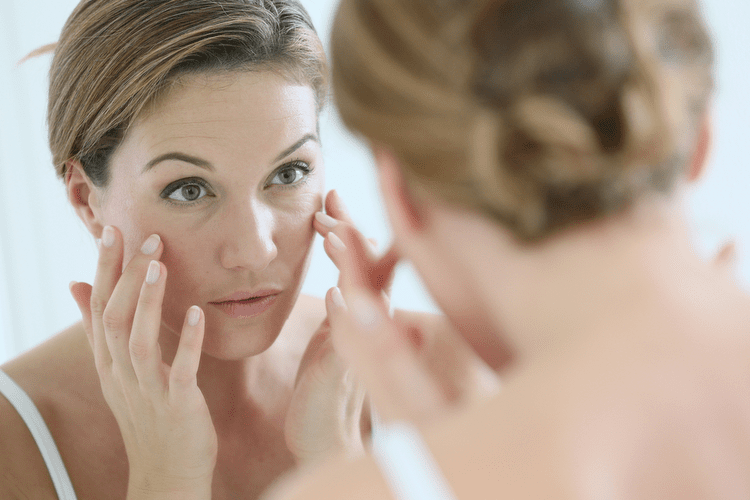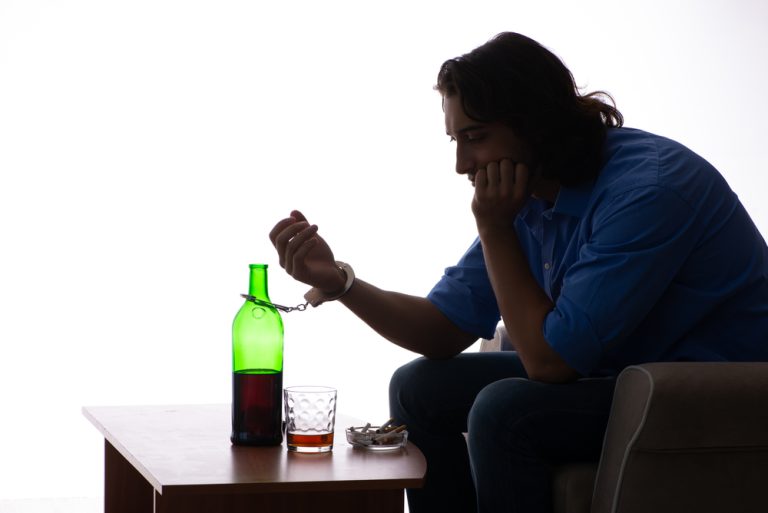The Impact of Drugs on the Teenage Brain
Teen substance abuse prevention is of paramount importance for several reasons. Teens are still developing important life skills, their identity, likes, and dislikes. If teens begin experimenting with drugs to fit in or gain friends, they can unknowingly set https://spoletopizzas.com/experience-life-without-alcohol-addiction/ themselves up for a potentially life-threatening habit; prevention is therefore critical. In 2018, 27.1% of 8th to 12th graders used an illicit drug; in the same year, 29.3% used illicit drugs and suffered a depressive episode. 18.7% of 8th to 12th graders drank alcohol in the last month of 2018, with 12% binge drinking. Two brief screeners have strong evidence of achieving the balance of the aforementioned goals, and can be delivered via interview or electronic administration.
- The most important thing to remember is that teens need support before, during, and after substance or alcohol abuse treatment.
- Try to remind yourself and your teen that most healthcare professionals only want to help, not judge.
- Open communication starts by showing an interest in and talking to your teen about everything.
- Such mental health problems may include depression, developmental delays, anxiety, personality disorders, and suicidal ideation.
Medical Help
In turn, they may resort to a substance to distract themselves from their emotions. While teenage years bring about teen drug abuse personality shifts, if you notice any combination of symptoms and suspect drug abuse might be a problem,make sure to address the problem. At Teen Drug Abuse, we believe in the power of community and support when it comes to overcoming teen drug abuse. Various treatment facilities and options are available for teenagers suffering from substance abuse problems.
Difference Between Tolerance, Dependence, and Addiction
- This article reviews statistics, risk factors, health effects, signs, and treatment for teenage drug addiction.
- Identifying signs of drug abuse in teens is crucial for early intervention and support.
- They may also have access to family member’s prescriptions for drugs like opiate painkillers and stimulants or get them from friends who do.
- Learn about the symptoms of teen substance use disorder and what to do next.
However, if you find drugs or alcohol on your teen or in their belongings, paired with some of the warning signs below, it may indicate a substance abuse problem. Males tend to have higher rates of substance use than females (SAMSHA, 2014). Additionally, childhood depression and conduct disorder symptoms predict persistence of substance dependence in adulthood (Meier et al., 2016). Alcohol is the most commonly used substance among adolescents, with 64% of 18 year olds endorsing lifetime alcohol use, followed by marijuana (45%) and cigarette use (31%) (Johnston et al., 2017). Overall, rates of adolescent substance use have remained relatively marijuana addiction stable over the past several years, with a few notable exceptions. Cigarette use has declined dramatically over the past several decades, while e-cigarette use has become more prevalent in recent years.
How drug abuse and addiction develops

These are all valid questions brought on by the anxiety and worry about your teen’s well-being. Luckily, simply calling a teen drug use hotline can answer these questions and more. Someone can listen to your story, concerns, and fears in a supportive, non-judgmental way. The person on the other end of the line is ready to provide you with the support and resources most appropriate for your child. Instead, they should listen to their teen’s views and allow them to ask questions. It’s important to discuss the reasons not to use drugs and healthy ways to resist peer pressure.

Most commonly, programs have been developed and evaluated in school, family, and community settings. For an adult, a divorce or loss of a job may increase the risk of drug use. For a teenager, risky times include moving, family divorce, or changing schools.35 When children advance from elementary through middle school, they face new and challenging social, family, and academic situations. Often during this period, children are exposed to substances such as cigarettes and alcohol for the first time.

Teenagers in Illinois are 4.29% more likely to have used drugs in the last month than the average American teen. Teenagers in Idaho are 7.98% less likely to have used drugs in the last month than the average American teen. Teenagers in Hawaii are 11.64% less likely to have used drugs in the last month than the average American teen. Teenagers in Georgia are 19.01% less likely to have used drugs in the last month than the average American teen. Teenagers in Florida are 5.50% less likely to have used drugs in the last month than the average American teen.
If you aren’t prepared to answer questions, parents might let teens know that you’ll talk about the topic at a later time. Or teens may order substances online that promise to help in sports competition, or promote weight loss. Some teens may feel like nothing bad could happen to them, and may not be able to understand the consequences of their actions. And if they are lonely or dealing with stress, teens may use substances to distract from these feelings. So if their friends use substances, your teen might feel like they need to as well.
In some cases, there are other factors in developing addiction, such as genetics, environment, and peer pressure. Some teenagers are more at risk of developing an alcohol or drug problem than others. Most teen treatment centers also offer educational support so that teens in recovery don’t get behind in school. The warning signs used to determine if a teen or adolescent may have a substance use disorder are listed by Dr. Ashish Bhatt, MD.
This kind of mental pruning allows the adult brain to be more focused and efficient. The pleasure centers of a teenager’s brain develop faster than the parts of the brain responsible for decision-making and risk analysis. Feelings of being an outsider and longing to be included and liked by others are pretty pronounced during the teen years. If the kids your teen wants to be friends with, or is hanging out with, are drinking or using substances, they may feel that they need to participate as well or risk being left out. Some teens see substance use as an easy path to making friends, fitting in or being accepted with the “right” crowd.
